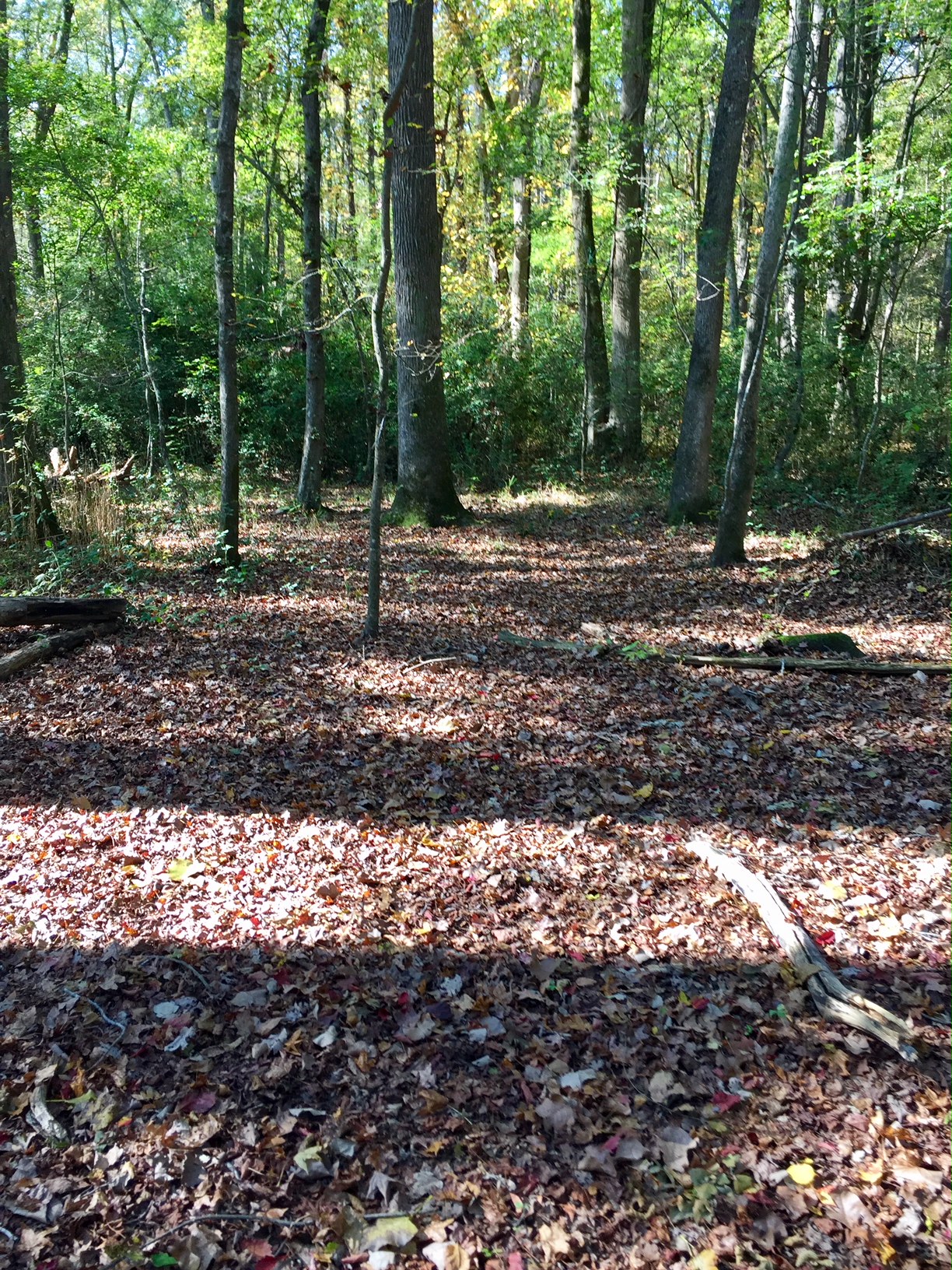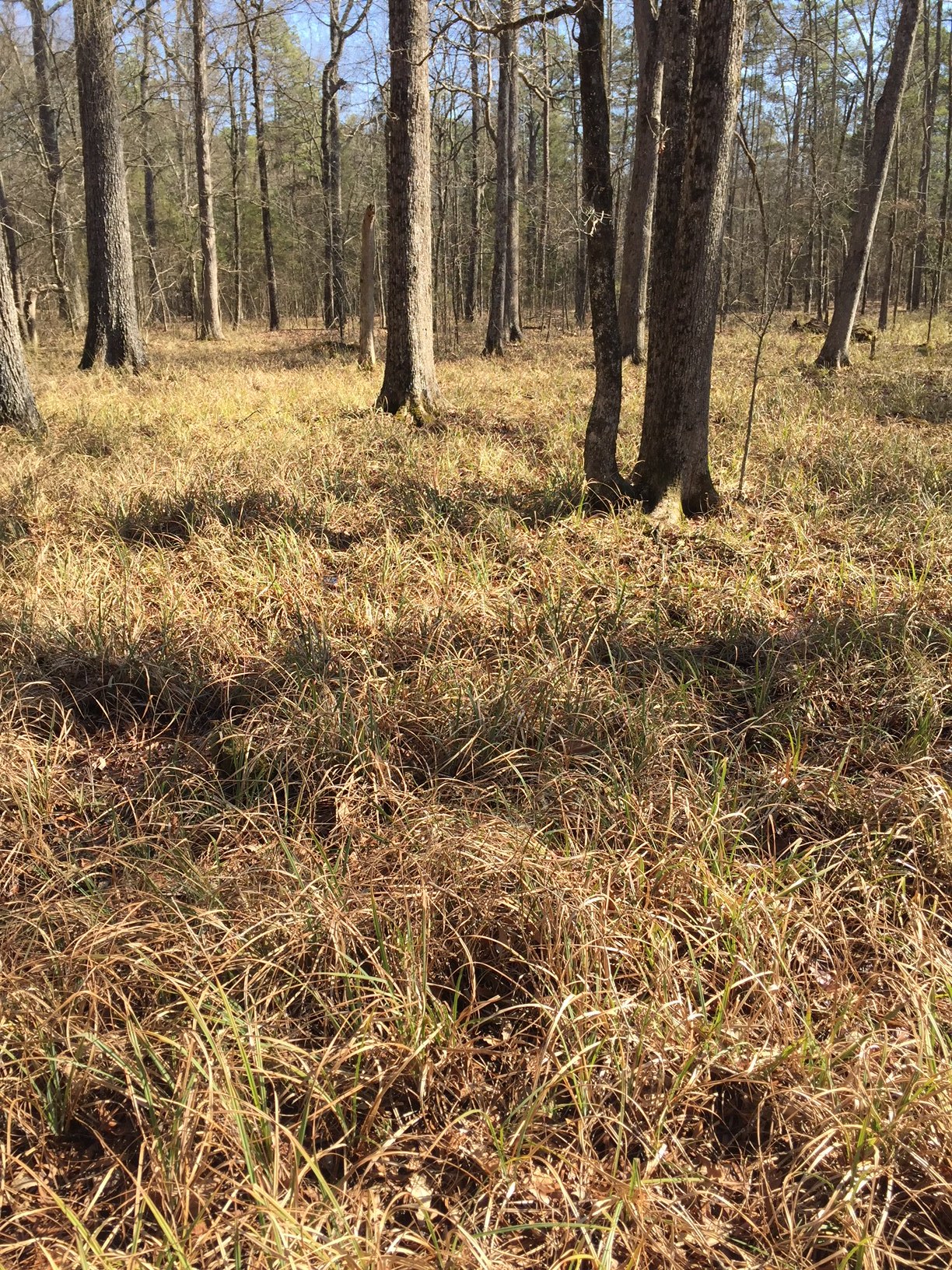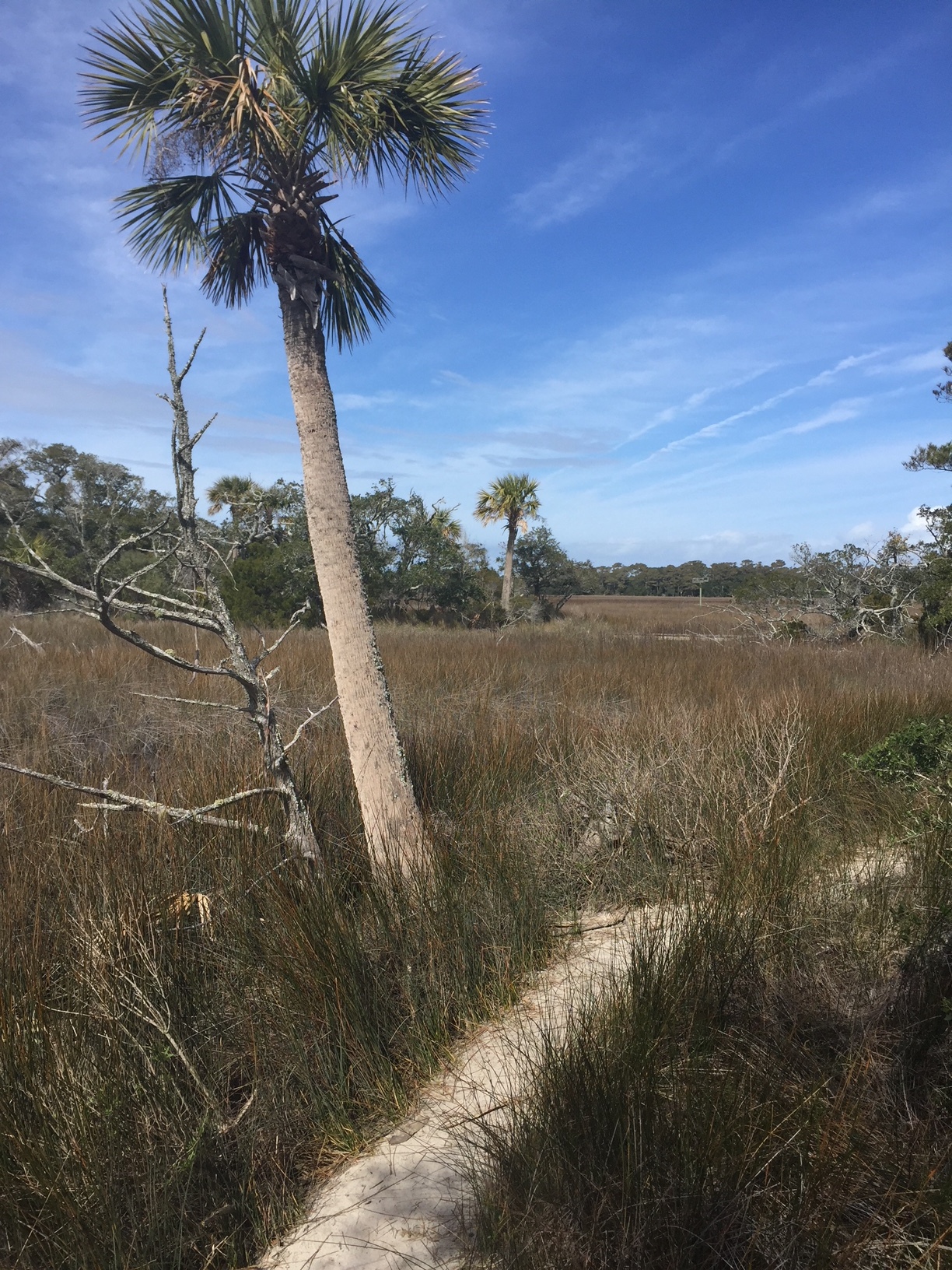WETLAND AND STREAM DELINEATION
DEFINITION AND VALUE OF WETLANDS
The federal regulations implementing Section 404 of the Clean Water Act define wetlands as:
Those areas that are inundated or saturated by surface or ground water (hydrology) at a frequency and duration sufficient to support, and that under normal circumstances do support, a prevalence of vegetation (hydrophytes) typically adapted for life in saturated soil conditions (hydric soils). Wetlands generally include swamps, marshes, bogs, and similar areas (40 CFR 232.2(r)).
The U.S. Fish and Wildlife Service uses the Cowardin definition which differs somewhat and includes aquatic sites such as mudflats and coral reefs or vegetated shallow water to be wetland areas.
Regardless of which definition is used, wetlands are much more than the muddy places we once thought of as a barrier to moving from one place to another, or taking up land that could otherwise be farmed. Wetlands were also thought to be a problem causing flooding in some areas. They were promptly drained of their water, and streams near them were straightened. Ironically, our harsh treatment of wetlands proved more costly than ever thought. Wetlands provide important benefits to all. Such as: Flood Control, Silt Catchers, Erosion Control, Water Cleaners and Suppliers, Wildlife Habitats, Fish Nurseries, Migration Stations, Recreation and Economy, and Inspiration.
Not all wetlands perform all functions nor do they perform them equally well. The value of a wetland is in the benefits it provides to the environment or to people. This is not easily measured. Wetlands are now thought to have a significant effect on air quality, which is influenced by the nitrogen, sulfur, methane, and carbon cycles. The U.S. Fish and Wildlife Service estimates that up to 43% of the federally threatened and endangered species rely directly or indirectly on wetlands for their survival.
So, when HARP identifies an area as a wetland and hang flags for the surveyor to map, we are doing the environment and ourselves a favor, in preserving a wetland and its functions.
The U.S. EPA and USGS were sources for much of the above information.



